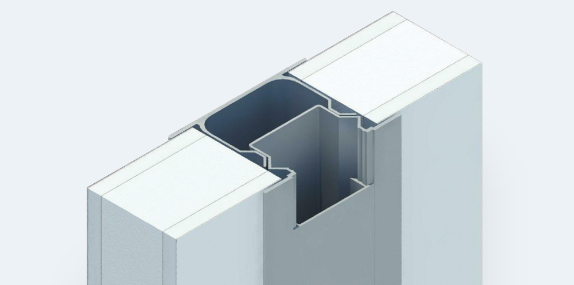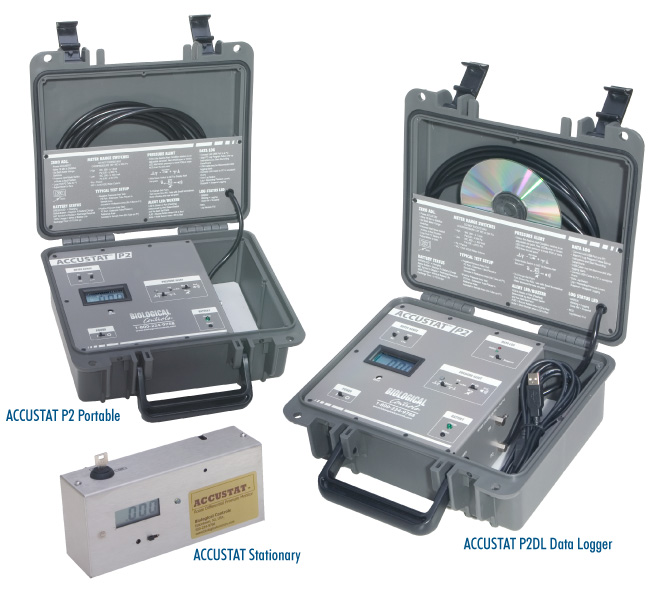

It also contains a local refinement at the boundary condition.

The mesh contains over four million 3D elements measuring 0.002 m × 0.002 m ×0.002 m each. The 3D model discretizes using a parametric Hex dominant mesh creator.

To construct a numerical grid and carry out the analysis, the 3D model of the isolation room was imported into the SimScale platform in. Air Pressure Simulation Boundary Condition The concept behind this analysis is that the particles transported within the incompressible flow do not affect the flow. Since this project investigates the mass transportation of the infection, the passive scalar transportation analysis type was used. Air Pressure Simulation Numerical Analysis The time-averaged values of the obtained measurements are used as initial conditions in the simulations. The velocity measurements were recorded every second for a period of 30 minutes, measuring a mean velocity of 0.12 m/s. The TESTO-435 digital airflow meter was used to measure the outdoor air supply from each window.
Airborne isolation negative pressure room windows#
The main windows in the first and second airborne infection isolation room always remain open, providing a source of natural ventilation. Negative pressure room layout Isolation room layout (the walls are hidden for better representation) Air Pressure Simulation Entrance Airflow Measurements For a quicker and more robust simulation, the model was simplified. Using this data, the 3D geometry for the analysis was modeled. This is why, for the purpose of this analysis, the doors were considered to be open. The AIIR should maintain its negative pressure as if the door is open. The first isolation room has the dimensions of 4.08m* 3.7m *3m, while the second one is 2.95m *3.7m *3m. This configuration allows a shared bathroom for the two isolation rooms. The airborne infection isolation room (AIIR) is paired with another isolation room of a different size. The multiple-bed patient room and the negative pressure isolation room are separated by a three-meter-wide corridor. Air Pressure Simulation Geometry Modeling It will also help us identify the critical pollutant concentration and visualize the flow path that the infection follows by using the wind entering the window as a carrying agent. This project with SimScale illustrates the benefits of using CFD simulation to investigate the overall performance of the AIIR facility and the transmission of infection from the patient throughout the negative pressure room. This will have a major impact on the airflow pattern in the room and is an important consideration for the designer. The surroundings, densely populated with trees and buildings, would create a porous medium, reducing the wind velocity to 0.12 m/s near the window of the negative pressure room. The negative pressure room would face the wind direction, which would allow the wind to enter the isolation room through the windows. The sloppy terrain forces the wind to flow downstream from the mountains, at a mean wind velocity of 1.8 m/s. When it comes to the overall performance of a naturally ventilated isolation room, multiple factors such as geographical location, wind speed, room layout are all significant factors at play.įor the purpose of this study, let’s consider an isolation room located relatively at moor position. Achieving a lower concentration of pollutants means a safer environment for healthcare workers and other patients in the facility. The performance of a negative pressure room (or an AIIR) is determined by the concentration of infectious droplet nuclei in the air.

Air Pressure Simulation Negative Pressure Room Ventilation Design Optimization with CFD Simulation Employing CFD allows HVAC engineers to virtually investigate the airflow patterns and use them to inform subsequent design optimizations, which are necessary to comply with ASHRAE Standard-170 guidelines. Experimentally assessing room pressurization and airflow patterns can be difficult at the early stages of the hospital layout design. This is where computational fluid dynamics (CFD) tools play an essential role. Unlike other isolation rooms, an airborne infection isolation room (AIIR)-also referred to as a negative pressure room-needs to be negatively pressurized. In the event of a tuberculosis patient needing hospitalization, the person is placed in a controlled facility called an isolation room. Design Optimization Heating, Ventilation, and Air Conditioning (HVAC)


 0 kommentar(er)
0 kommentar(er)
